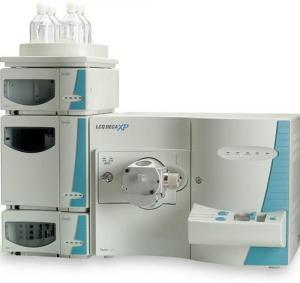1) liquid-vapor phase transition system


汽液相变系统
1.
On the basis of the theory of non-equilibrium thermodynamics and through the introduction of an important work/potential function in the heat exchange process of a liquid-vapor phase transition,the so-called available energy,an analysis was conducted of the available energy of the liquid-vapor phase transition system.
以非平衡热力学理论为基础,通过引入可用能这个汽液相变换热过程的一个重要的功势函数,对汽液相变系统的可用能进行了分析,得到了汽液相变系统的可用能变化的计算式,并以此为判据来分析汽液相变系统的稳定性,得到了汽液相变系统的相平衡条件、力学稳定性条件和热稳定性条件,并给出了有关物理意义;定义了汽液相变时的汽、液相的力稳边际曲线。
2) gas-liquid phase change


汽液相变
1.
Mechanism analysis of gas-liquid phase change influenced by external physical field;


外场影响汽液相变的机理分析
3) liquid gas phase transition


液汽相变
1.
Some basic theories for heavy ion collisions at intermediate energy were reviewed, meanwhile some focus points of heavy ion collisions at intermediate energy such as the liquid gas phase transition of nuclear matter, collective flow, multi - fragmentation, the equation of state, nucleon - nucleon interaction cross section in the media and isospin effects were also discussed.
叙述了中能重离子核反应的一些基本理论方法,同时对当前中能重离子物理研究的热点,如核物质的液汽相变、集体流、多重碎裂、核态方程、介质中的核子-核子散射截面以及同位旋效应作了较全面的叙述。
4) vapor-phase system


汽相系统
5) liquid phase system


液相系统
1.
The design of liquid phase system has very important sigificance to the design of entire limestone/ gypsum WFGD system.
石灰石-石膏湿法烟气脱硫(WFGD)工艺是我国电站锅炉烟气脱硫的最主要技术,其液相系统的设计对于整个工艺的设计具有非常重要的意义。
6) galisol system


汽液固系统
补充资料:液相色谱质谱联用系统

液相色谱质谱联用系统
主要用途: 1 蛋白,核酸测序, 二硫键定位 2 蛋白翻译后修饰分析 3 生物大分子间相互作用 4 分子结构解析 5 药物代谢途径分析 6 农药残留分析, 食品检测
仪器类别: 03030706 /仪器仪表 /成份分析仪器 /色谱质谱联用仪
指标信息: 液相系统:agilent 1100, 在线脱气, 泵:四元泵梯度泵,单元泵, 自动进样器 柱温箱 检测器:二极管阵列检测器, 荧光检测器质谱系统-finnigan lcq deca xp mass spectrometry 离子源, esi, apci 质量范围:50~4000, 蛋白 2000 – 20000 多级质谱, msn, n=10 控制软件: xcalibur 1.2 分析软件: biomass, turbosequest
附件信息: 无
机组简介: 高效液相色谱-质谱联用系统主要通过分析物质的分子量及元素组成等研究分子的结构等方面的信息。在生物、医药、农业、化学、精细化工等方面均可应用:
1.蛋白质和多肽的研究(蛋白的分子量测定及序列分析,肽谱测定,巯基及二硫键定位,蛋白质翻译后修饰分析-磷酸化、糖基化或化学修饰位点的确认等);
2.寡核苷酸和核酸的分析;
3.多糖的结构的研究;
4.中药活性组份和其它天然产物的分析、鉴定;
5.药物代谢产物的分析;
6.食品添加剂的分析及农药残留测定等
说明:补充资料仅用于学习参考,请勿用于其它任何用途。